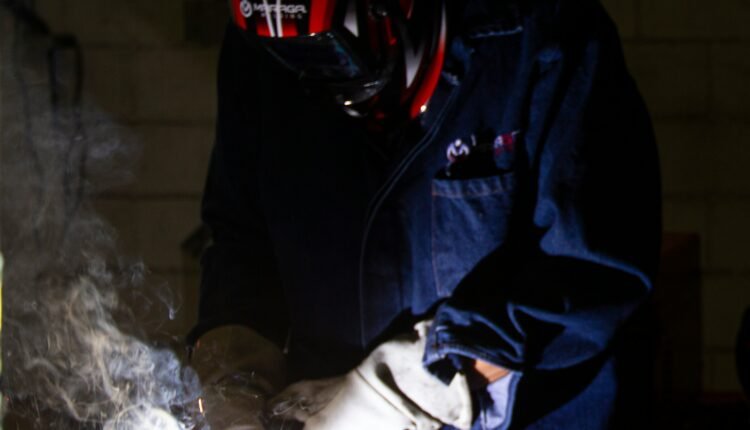Exploring the Advantages of Cobot Welding in Industrial Settings
In recent years, integrating collaborative robots, or cobots, in various industrial processes has revolutionised manufacturing. One particularly noteworthy application is cobot welding, which offers many advantages over traditional welding methods. This article will explore the benefits of cobot welding in industrial settings, highlighting its efficiency, safety, and adaptability.
Enhanced Efficiency
This kind of welding brings a new efficiency level to industrial settings, primarily through its ability to work seamlessly alongside human operators seamlessly alongside human operators. Unlike traditional automatons that require dedicated safety cages and extensive programming, cobots are designed to collaborate safely with humans in shared workspaces. This collaboration streamlines the welding process, as cobots can handle repetitive or labour-intensive tasks, allowing human workers to focus on more intricate aspects of production.
Consistent Quality
Moreover, these collaborative automatons excel in precision and repeatability, ensuring consistent weld quality across batches. Their advanced programming capabilities enable them to execute complex welding patterns with minimal error, leading to higher productivity and reduced rework. As a result, manufacturers can achieve faster production cycles and meet stringent quality standards more efficiently.
Enhanced Safety
Safety is paramount in industrial environments, particularly in tasks involving hazardous materials or high-risk operations like welding. This kind of robot joining addresses safety concerns by incorporating various features that prioritise the well-being of workers. Unlike traditional robots, cobots are equipped with advanced sensors and vision systems that enable real-time detection of obstacles or human presence in their vicinity.
Minimised Risk of Accidents
These safety features allow these collaborative robots to react swiftly by slowing down, pausing, or altering their trajectory to avoid collisions with nearby objects or individuals. Furthermore, they are designed to operate at lower speeds and forces, minimising the risk of accidents or injuries in the event of a collision. This inherent safety makes the process suitable for environments where human-robot collaboration is essential, fostering a harmonious and secure workplace ecosystem.
Flexibility and Adaptability
One of the most significant advantages of the process is its flexibility and adaptability to diverse production needs. Traditional robots are often confined to specific tasks or fixed positions, requiring extensive reprogramming and setup for any changes in production requirements. In contrast, these collaborative robots are inherently flexible and can be easily reprogrammed or redeployed to accommodate evolving production demands.
Intuitive Programming Interfaces
Moreover, cobots feature intuitive programming interfaces that enable rapid reconfiguration for different joining tasks or part geometries. This versatility allows manufacturers to switch between product lines quickly, respond to custom orders, or integrate new components without prolonged downtime or retooling. As a result, it offers unparalleled agility in adapting to dynamic market demands, enhancing industrial operations’ overall efficiency and competitiveness.
Cost-Effectiveness
In addition to efficiency and safety benefits, robot welding offers significant cost savings for industrial manufacturers. Traditional robots require a substantial upfront investment in specialised infrastructure, including safety cages, dedicated programming, and maintenance personnel. These capital expenditures can be prohibitive for small to medium-sized enterprises (SMEs) looking to adopt robotic solutions.
User-Friendly Interfaces
The process presents a more cost-effective alternative, eliminating the need for expensive safety infrastructure and complex programming. With their collaborative design and user-friendly interfaces, cobots can be quickly integrated into existing production lines with minimal disruption and setup costs. Furthermore, cobots consume less floor space than traditional welding automatons, optimising resource utilisation in crowded manufacturing facilities.
Conclusion
In conclusion, cobot welding offers many advantages that make it an attractive proposition for industrial settings. From enhanced efficiency and safety to flexibility and cost-effectiveness, the process revolutionises the welding process, enabling manufacturers to achieve higher productivity, superior quality, and greater adaptability in an ever-changing market landscape.

